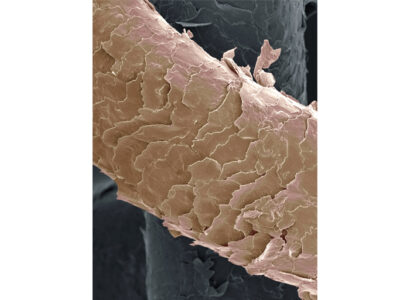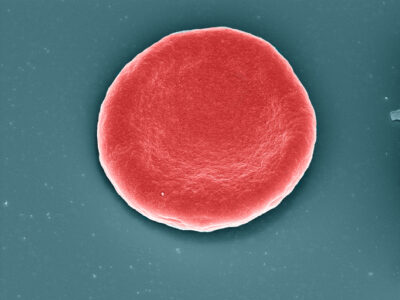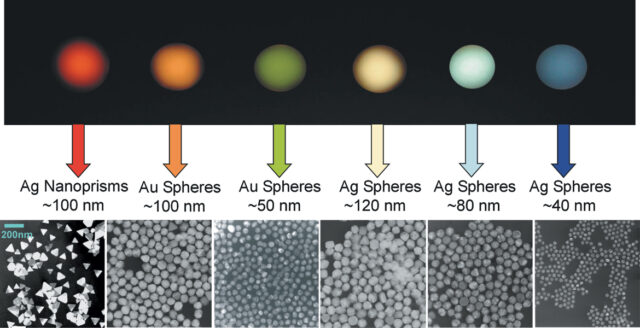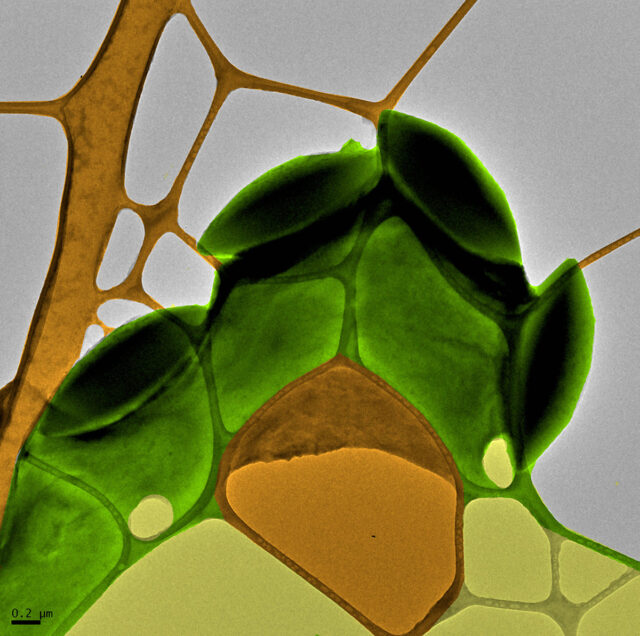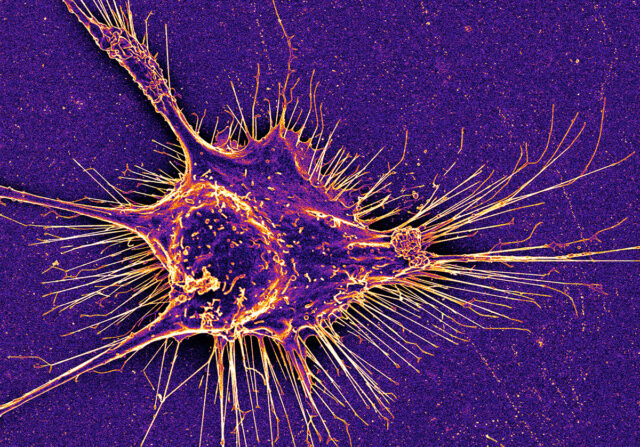Why is this small scale important?
What scientists discovered in the latter part of the 20th century is that when materials are at the nanoscale (meaning they have at least one dimension [height, length, or depth] that measures between 1-100 nanometers) their physical and chemical properties are different from the same material with macroscale dimensions.
Imagine breaking a piece of gold into smaller and smaller pieces, each piece will still have the same fundamental properties as the original. For example, each piece will still have the same color, melting and boiling points, density, electrical conductivity, and ability to catalyze chemical reactions.
But at the nanoscale, the properties of materials change depending on their size, shape, and composition, in a way that they don’t at any other length scale.
So, the nanoscale is a different kind of small.
It is difficult to predict at what size a particular material’s properties will change, and this threshold is different for each material and each property.
For example, nanoscale gold exhibits different colors throughout the nanoscale size range (green at 50 nanometers, orange at 100 nanometers), but the size-dependent catalytic properties do not dramatically change until gold particles are smaller than 5 nanometers

